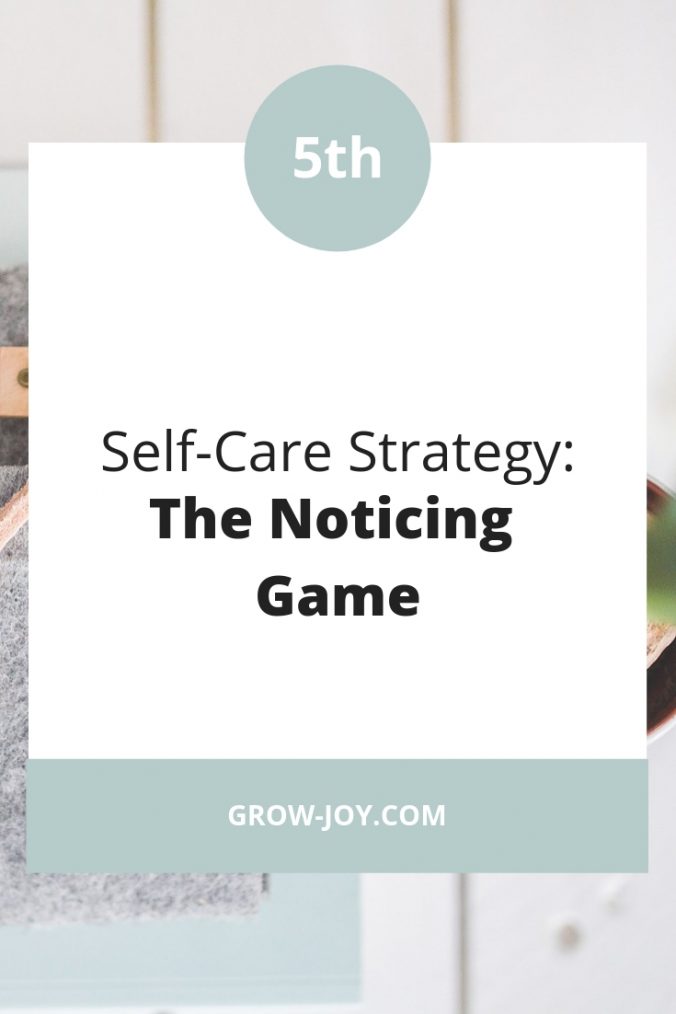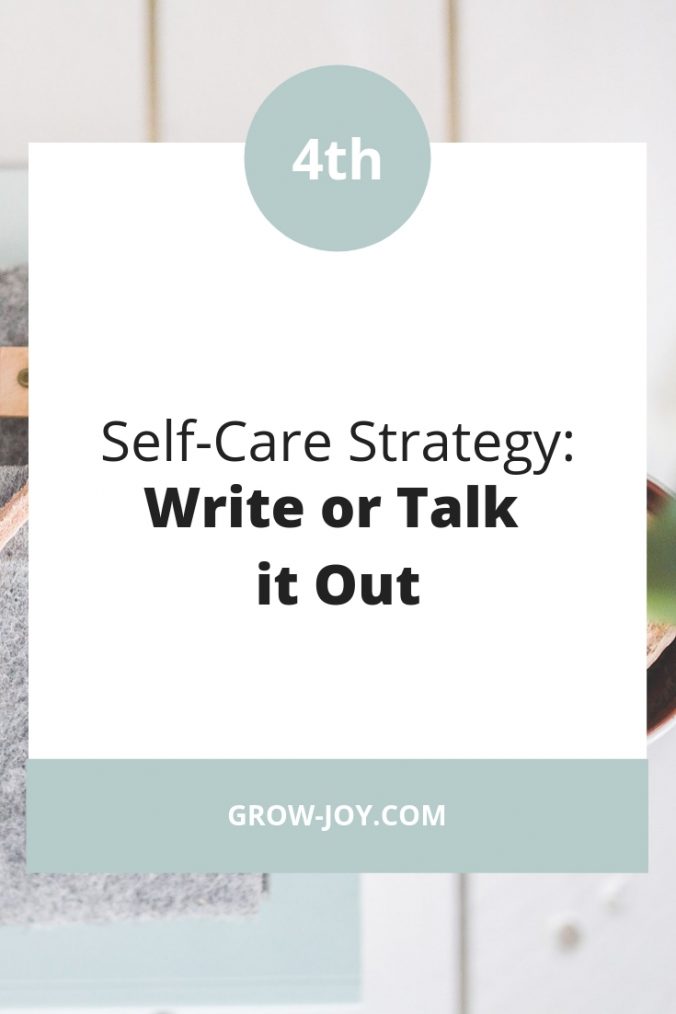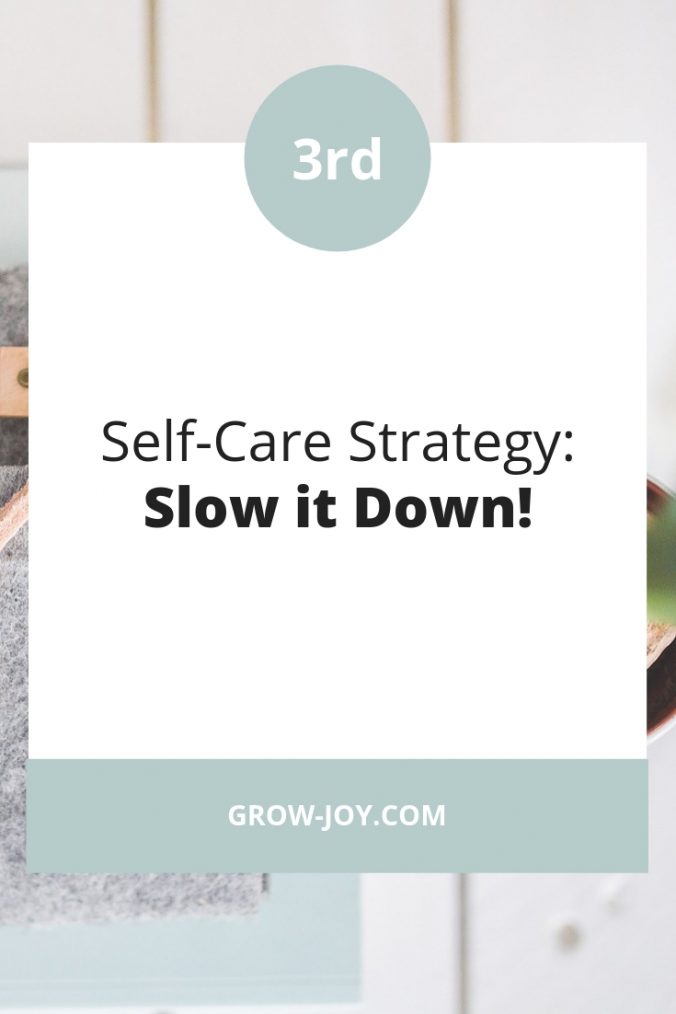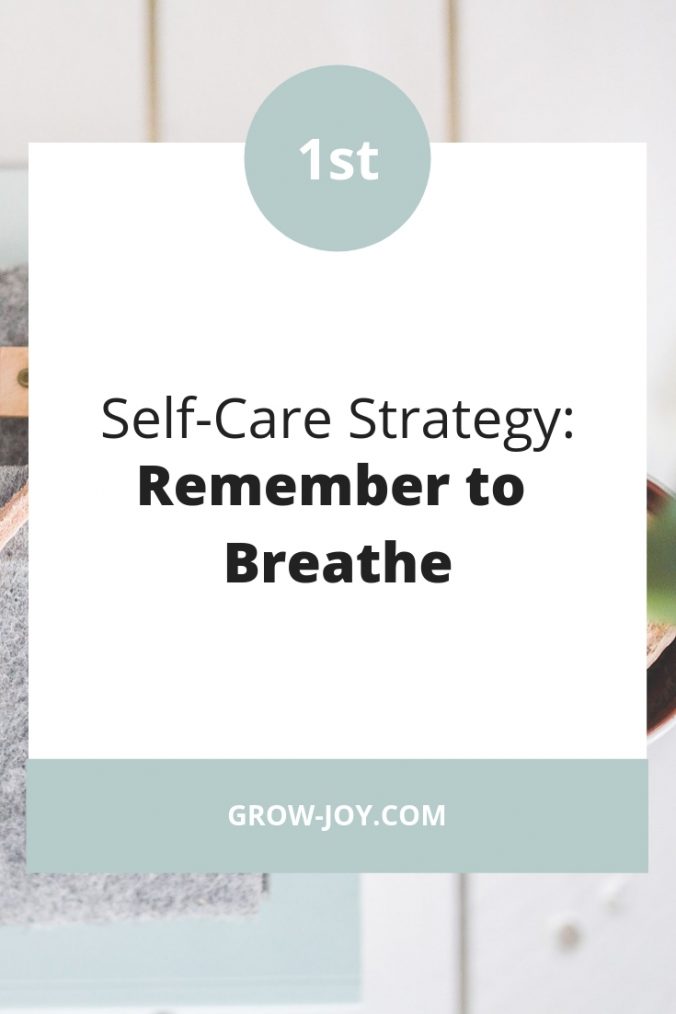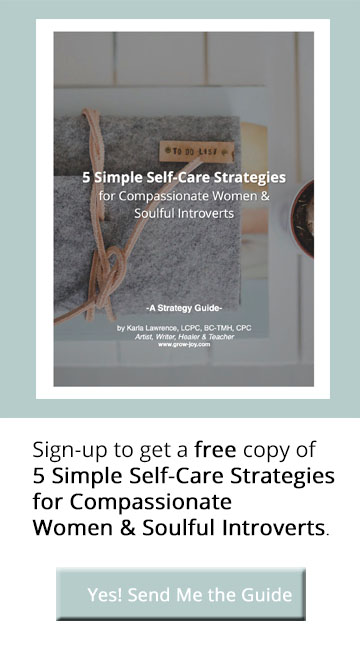As a child, I often had my “head in the clouds” and spent a lot of time daydreaming. This made it difficult for me to focus on and complete the practical tasks of everyday life. It often took me a long time to get things done because I would get easily distracted which drove my parents crazy, lol. Eventually, I grew out of most of it and became better able to focus and get things done.
What remains is my need for deep introspection, insatiable curiosity, love of learning and exploring new ideas. I also still like to spend time with my “head in the clouds” when I can! This is just a part of my wiring as a soulful introvert. Exploring ways to work with instead of against my personality continues to be an active part of my personal self-care journey.
Despite the gifts that are a part of my wiring, I have also learned the importance of being able to focus on the here-and-now. To take a step back from over-analyzing and overthinking and just be present. The ability to practice being present helps me to stay grounded and not miss out on precious moments.
Practices such as mindfulness meditation and yoga have become more mainstream and accessible. You can find videos on YouTube, podcasts, and phone apps that are all designed to help us focus on the here-and-now.
One of my favorite strategies is a mindfulness practice I like to call “The Noticing Game.” It’s one I first explored with clients in my former counseling practice. As with all of the strategies I’ve shared in this series, it’s easy to try and just takes 3 simple steps.
The Noticing Game is great to use if you struggle with staying in the here-and-now due to overthinking, over-analyzing, or just plain worrying.
To get started with The Noticing Game, please follow the steps below:
- Stop— We want to shift from a space of “doing” into one of “observing/listening”.
- Activate Your 5 Senses— What can you touch, taste, hear, feel, and smell?
- Notice & Describe— Begin to observe your surroundings and describe (in your head or out loud) what you are noticing. Example—You might to say something like, “I’m noticing the feel of my feet on the floor. I’m noticing my breath filling my lungs and my stomach going in and out. I’m noticing the red coffee mug on my desk. I’m noticing…” Simply describe what you are noticing in the here-and-now without judgement!
That’s it! Allow yourself to spend time “noticing” for 1-3 minutes and then return to your previous activity. If you find yourself getting stuck in overthinking or over-analyzing, simply repeat the process.
Don’t worry if you feel a little silly doing this at first. When you’ve been in the habit of focusing on the past or future, it takes time and practice to be present in the here-and-now.
I hope you’ve enjoyed reading about my 5 favorite simple self-care strategies the past several weeks. If you missed the previous strategies you can find them all here.
Now it’s your turn. What are some of your favorite simple self-care strategies? If you have some, or if one of the strategies I shared resonated with you more than the others, I’d love to hear about it in the comments section below.
Thanks so much for stopping by today!
Wishing you more peace than your heart can hold.
Creatively,
![]()
P.S. Did you find this strategy helpful? If so, you can find all of the previous strategies here.

